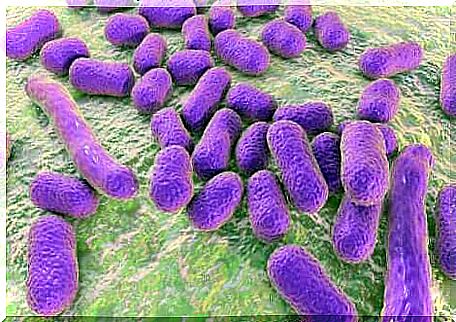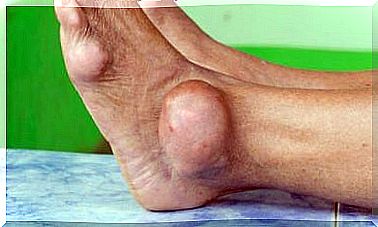The Main Pathogens Of The Summer
Some pathogens succeed in proliferating in summer due to the humidity and heat conditions that present themselves. What are the most common? This is what we explain to you here.

As we know, the onset of summer brings with it a sudden rise in temperatures. The likelihood of developing certain infections therefore increases, due to microorganisms that manage to proliferate under these conditions. What are the main summer pathogens?
Exposure to viruses, bacteria and fungi occurs year round; however, due to the characteristics of summer, some are successful in growing more at this time of year. We will therefore detail the most common and their effects on health.
What is a pathogen
A pathogen is any microorganism capable of causing discomfort or disease in the host it has chosen. This definition would encompass all types of germs and would include viruses, bacteria, fungi, protozoa and other more complex microorganisms.
It should be emphasized here that some of the diseases that we are going to name have a multiple origin, due to their general clinical setting. In other words, they can be caused by pathogens of different kinds or even different orders. These groupings are nevertheless carried out with the aim of simplifying the processing.
What are the main summer pathogens?

Viruses and bacteria responsible for inflammation
Conjunctivitis and ear infections are autoinflammatory diseases that prevail in public swimming pools. Conjunctivitis is caused by inflammation of the eye conjunctiva, a mucous membrane that covers the inside of the eye. Its symptoms are as follows:
- Eye inflammation
- Red eyes
- Tearing
- Yellow crusts
Conjunctivitis can have both viral and bacterial origins, but the most common are those caused by adenoviruses, which are transmitted by direct contact and in contaminated water particles.
Otitis, on the other hand, usually has a bacterial origin, if we are referring to that which involves the external auditory tract. Depending on its location, it is called otitis interna or externa. Its clinical manifestations are:
- Hearing difficulties
- Ear pain
- Touch sensitivity
These two pathologies have something in common: the pathogens responsible for them, whether viruses or bacteria, survive well in water and at average temperatures. This is why swimming pools are a breeding ground for these types of superficial inflammation.
It is essential to take hygiene measures and take your own equipment as soon as possible because these microorganisms also survive on surfaces.
Pathogens responsible for food poisoning

Who has never had the misfortune of having severe diarrhea after a summer meal? Food poisoning is the order of the day during the summer.
This happens, first, because the temperature rises are well suited to many of the organisms that cause them, and secondly, because human habits change around vacation time. There is nothing like eating at home, in a controlled environment, and eating in beachside facilities, with low hygiene standards.
According to the MedlinePlus portal , some of the most common pathogens responsible for this general framework are:
- Bacteria of the genus Campylobacter, Gram-negative bacilli that are motile due to the presence of flagella
- The bacterium E. Coli which, in general, lives in the human intestinal microbiota without causing complications, presents certain strains which cause diarrhea when they adhere to the intestinal mucosa
- The Vibrio cholerae bacterium that has two serotypes causing cholera that we all know
- The genus of bacteria Salmonella, which exhibits a greater capacity for replication at elevated temperatures
As we can see, almost all summer diarrhea has a bacterial origin because the microbiota of the animal that is going to be consumed can easily mix with its meat if it is not handled properly. Furthermore, it is usual for the water used to make the recipe or to wash the utensils to be contaminated.
Other common pathogens in summer
The pathogens described above win the prize in terms of prevalence in summer; Despite everything, we could not close this article without mentioning other very frequent pathologies during this season.
- According to the World Health Organization, there are ten common diseases transmitted to humans by insects. The reproductive cycle of most of these species culminates in adults during spring and summer, and this is why their prevalence increases at this time of year. This is when we find diseases like dengue, malaria, leishmaniasis or yellow fever, often caused by viruses and protozoa.
- Fungi that cause skin pathologies are also very common in summer. Again, facilities like swimming pools or public toilets are breeding grounds for them as the high humidity and high temperatures promote their growth.
As we have been able to see, the list of pathogens that cause illness in the summer is almost endless. Bacteria are in the lead because they are responsible for inflammation and almost all settings for gastroenteritis and diarrhea.
It is therefore necessary to increase one’s vigilance when choosing a place to eat or bathe during the holidays. In addition, if you have symptoms of infection, it is essential to go to the doctor.








